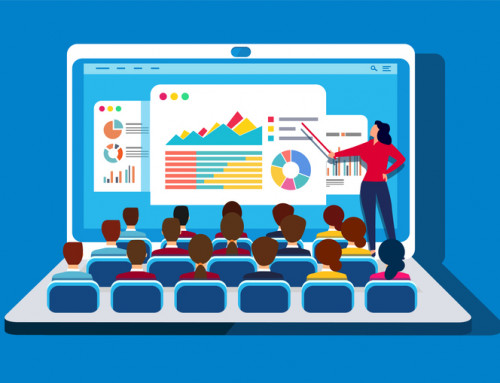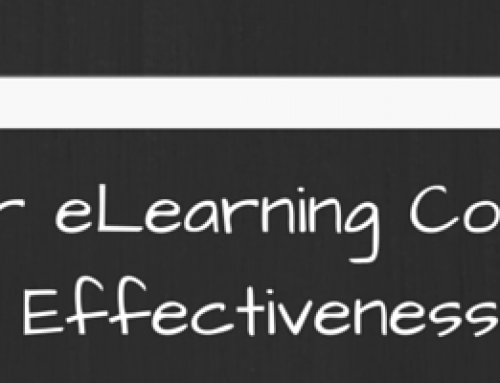Have you ever watched one of those really great documentaries? You know, the kind where you’re pulled into the material, even if you may not be terrifically interested in the topic to begin with? Then you suddenly find you’re able to have a really intelligent conversation about the topic later. How did that happen? It’s simple: you were entertained, and the creators captured, and held your attention.
That’s one of the ways that eLearning works. Learning is fun and engaging, even entertaining. You retain more. And it’s effective.
Think back to your first day on your first job. You might have participated in an orientation, during which management addressed you as a new hire. You might have gotten a tour of the company. You would have been given handbooks and manuals, and reviewed those folders throughout your orientation experience. You would have sat through lectures about policies and procedures. You might have been one of several people in that batch, or you may have been a single new hire for your specific position. Having completed that part of the training, you would then “shadow” someone for a period of time, then eventually take on the full responsibilities of your job. And you would have gone through the process dutifully and confidently — perhaps even stoically — hoping that you would eventually feel comfortable with your coworkers and colleagues, and with your new position and accountabilities.
If you’re a Millennial entering the workforce, you would find the above scenario frustrating, and in a word, boring.
And boring almost inevitably leads to employee turnover. Which costs. A lot!
Resources that are spent hiring, training and developing new employees often walk right out the door because the employee is not satisfied with his or her experience of that company, and they leave. That experience begins on day one of training.
Consider that the Millennial generation has no qualms about seeking employment elsewhere if they don’t experience immediate satisfaction with their job. And satisfaction to this new generation means: a personal connection to what they are doing, a company that shows it cares, interactive learning, and way to discuss their training socially. Embedded within these core values is a need to trust their employer, and to be well-informed about the company with whom they are working. In addition, Millennials are resourceful, independent and adventurous.

- First, present the material in an engaging, even entertaining way. eLearning blurs the line between entertainment and training. This is not to say that everything is a sitcom. But, communicating the content in everyday language allows for a space of relatedness between the organization and its employees. Many eLearning systems employ scenarios or real-life situations as teaching tools. Learners experience and participate in the training rather than simply “downloading” the information into their brains.
- Next, break up the learning content into bite-sized chunks of information, rather than a huge lump of lessons or lectures. Vary the presentation. Only a few people from any generation learn effectively if presented with an hour-long lecture. Different characters, changing screens, even changing background music, can all enhance and enliven the learning experience.
- Further, make room for interactivity. Allow for learners to discuss the material. Learners can review the material independently, and also as a community. Include “knowledge checks” in the Learning Management System so that learners can track their own progress. This gives each person the experience of personal involvement in their training process.
Along the way, be aware of the flexibility and informal nature of eLearning. This provides a low-pressure, highly effective way of learning important and vital information for all employees, not just Millennials. In turn, this means that all employees can receive ongoing training as the company grows and adapts to a changing world. Additionally, creating ways to engage your learners gives the impression that the organization cares about what their employees are learning, and how they are learning it.
People respond very positively when they know that their organization cares.
In our next blog post, we’ll talk about how eLearning benefits people by developing skills and skill sets. We’ll look at eLearning in terms of personal and professional growth.



[…] Read the full story by KMI Learning Blog […]
[…] to new jobs and companies. An outdated and boring onboarding process increases your chances of a high turnover rate among this demographic. If you’re looking to attract and retain bright young minds, the first […]